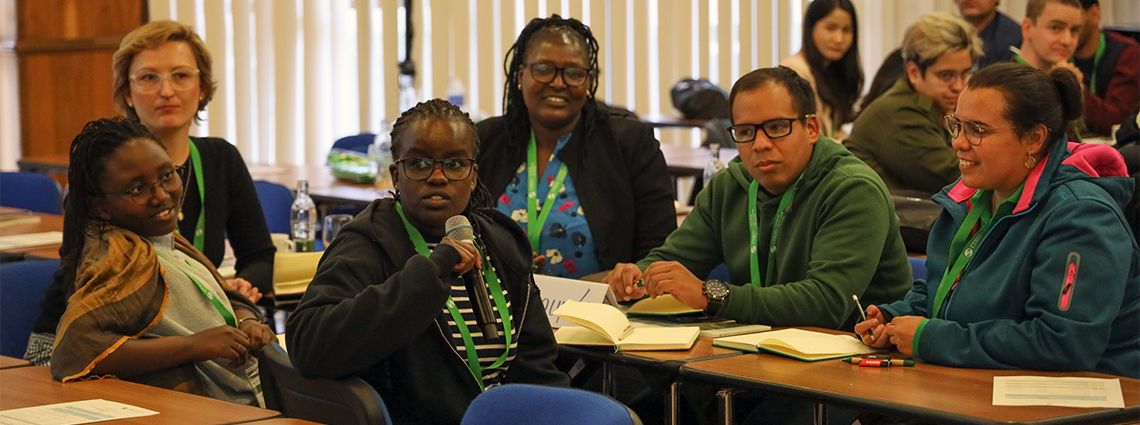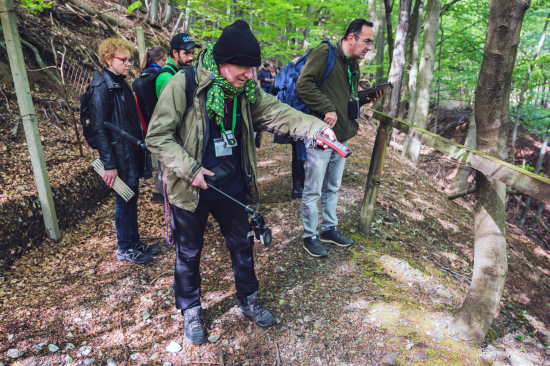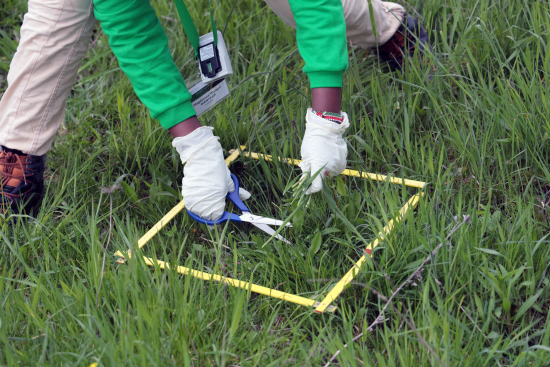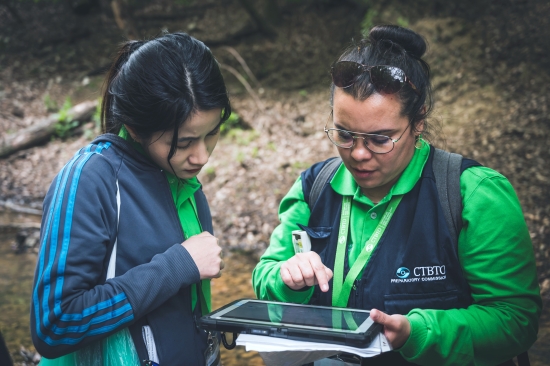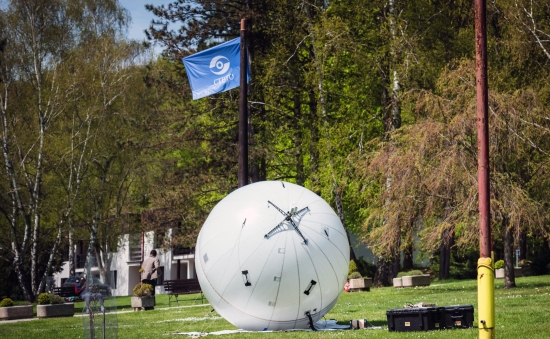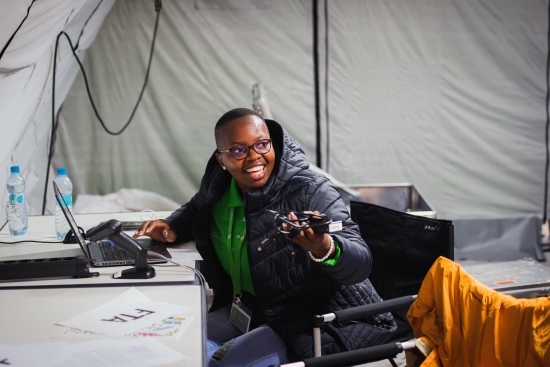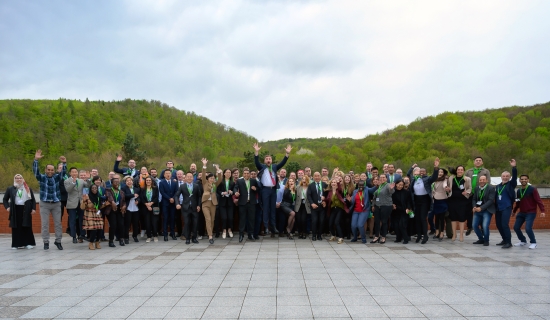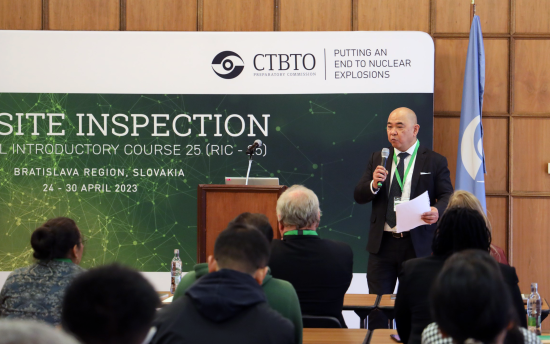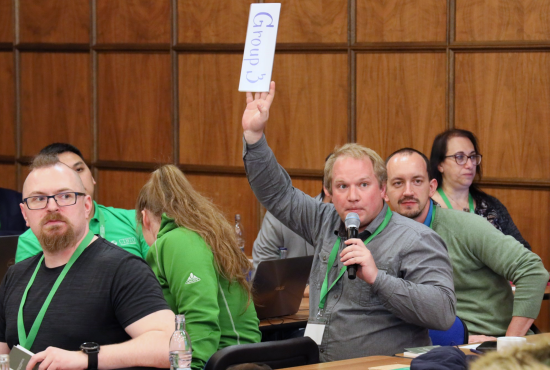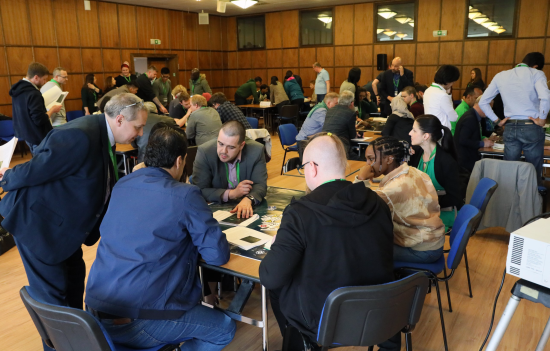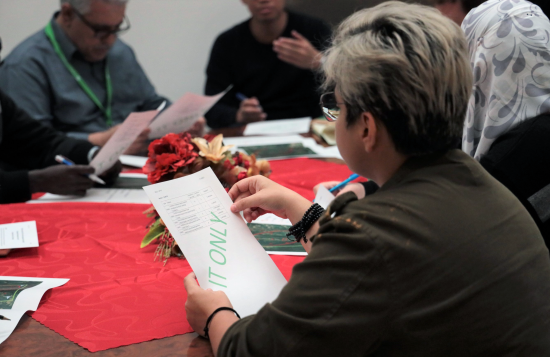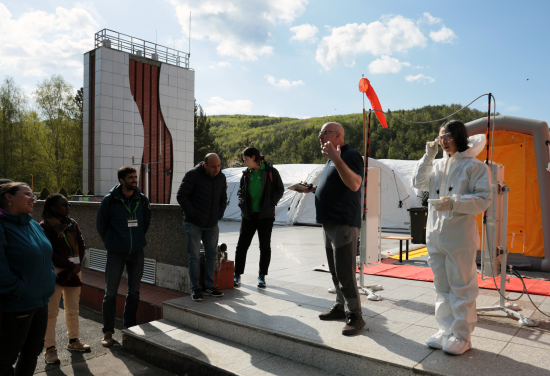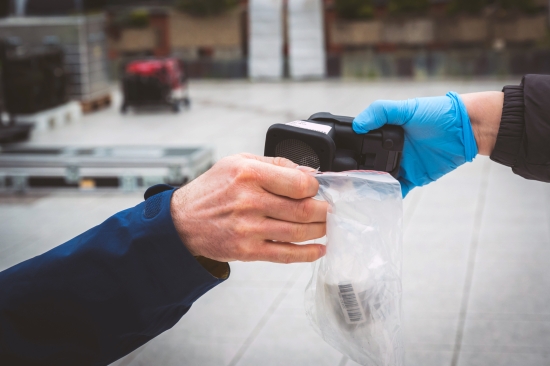CTBTO Holds 25th On-Site Inspection Regional Introductory Course in Slovakia
The Comprehensive Nuclear-Test-Ban Treaty Organization (CTBTO) has concluded the 25th edition of its On-Site Inspection (OSI) Regional Introductory Course (RIC). The event, also known as RIC-25, was held near Bratislava, Slovakia from 24 to 30 April, drawing the largest number of participants in the history of the course.
The exercise provided an overview of various OSI-related concepts, procedures, techniques, and operations to 62 attendees from 32 States Signatories. It was designed for individuals with diverse backgrounds and skill sets, aiming to broaden the pool of specialists for future engagement in relevant field activities.
In addition to the main programme, a parallel integrated course on in-field operations support (IFOS) was conducted, targeting surrogate inspector trainees who had previously completed an introductory training in Thailand. The primary objective of the IFOS course was to familiarise them with in-field operations support and provide hands-on experience in establishing a base of operations (BoO).
Throughout the week, experts from States Signatories, along with new nominees for the OSI Linear Training Programme, were in attendance. Notably, women accounted for 40 percent of the participants, including six early-career women from STEM fields who had previously been involved in the CTBTO Mentoring Programme.
RIC-25 was hosted by the Nuclear Regulatory Authority (UJD-SR) of the Slovak Republic at the Častá Papiernička Centre, nestled amidst the Karpaty forest. It kicked off with opening remarks from UJD-SR Vice-Chair Eduard Metke, who described the course as “an important building brick for the practical development and build-up of the OSI element of CTBTO’s verification regime.”
Metke added, “Slovakia is a steadfast and long-term reliable partner of the CTBTO and strongly supports its mandate.”
CTBTO Executive Secretary Robert Floyd addressed the training participants via video message, emphasising the significance of courses like this in bringing together specialists from around the globe to share their expertise and foster a community of practice. “This can advance our important mission of preparing for our Treaty's entry into force,” said Floyd.
The training methods employed in RIC-25 focused on practical and collaborative exercises rather than traditional classroom lectures. The goal of these sessions was to improve learning through negotiation role-playing exercises, planning activities for establishing a base of operations, and rotating stations for hands-on training on various inspection techniques.
A field training exercise served as the final component of the course, where attendees were tasked with navigating to different search zones and carrying out OSI field mission procedures. These activities included mission planning, equipment preparation, deploying and communicating with the base of operations, engaging in field negotiations with a course facilitator acting as a representative of the inspected State Party (ISP), conducting radiation monitoring for health and safety, collecting environmental samples, ensuring chain of custody, and making visual observations and position finding.
After completing their field tasks, trainees returned to the base of operations where where they underwent decontamination procedures and handed over electronic media, such as flash cards and memory sticks, as well as environmental samples. Additionally, the in-field operations support trainees played a crucial role at the base of operations. They assisted in deploying field teams, following command and control procedures, operating the decontamination line, and ultimately decommissioning the base of operations.
For Alinne Olvera Martínez, a graduate of the Mentoring Programme, this opportunity further enriched the professional experience she gained as a CTBTO mentee: “Through the initiative tailored for early career-women, I gained invaluable insights into the organization's theoretical approach towards ending nuclear test explosions. As a RIC-25 participant, I acquired practical, hands-on knowledge.”
The 26th Regional Introductory Course (RIC-26), is scheduled to take place in Egypt in early 2024.
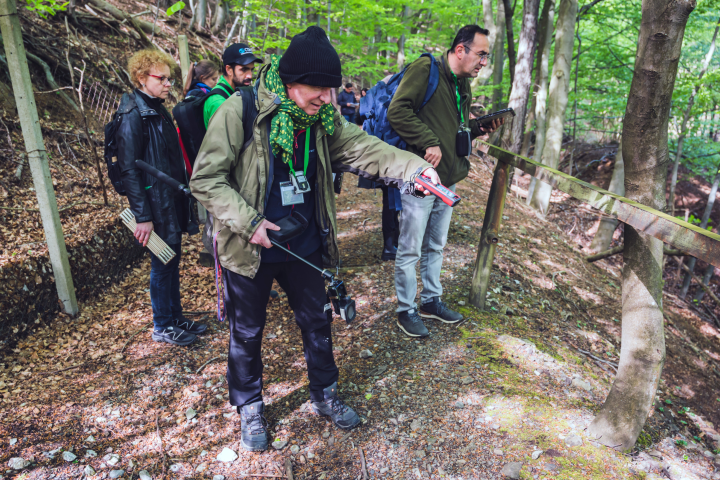
Trainees applying learned hands-on skills during RIC-25 field exercise
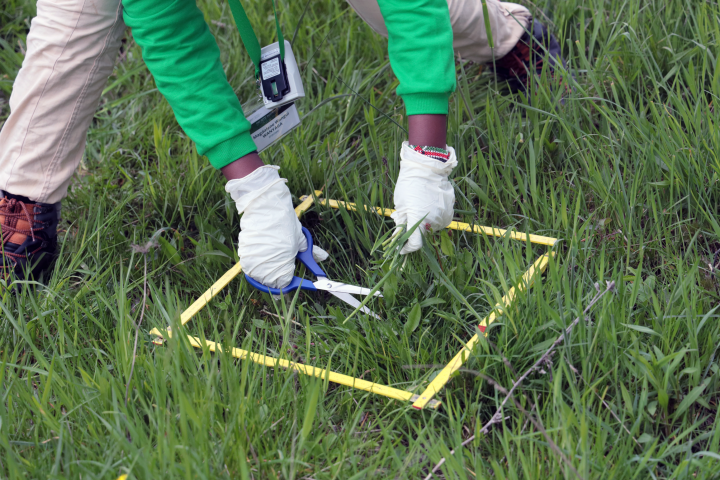
Participants collecting vegetation samples during exercise
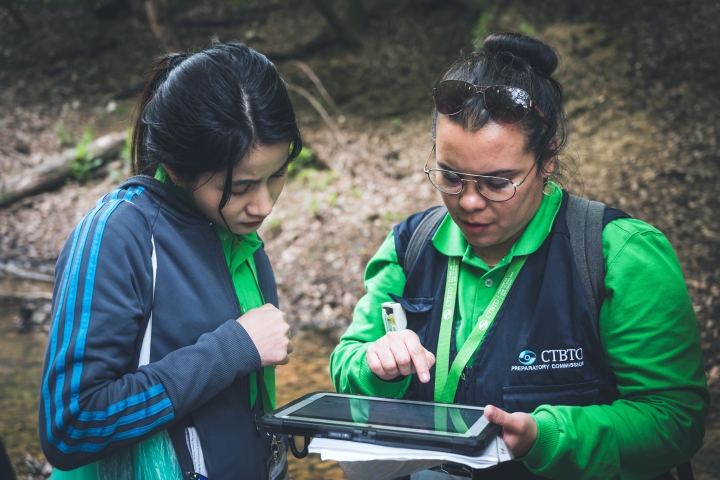
Field team members recording metadata during field missions using Geospatial Information Management for OSI (GIMO) application

GATR satellite antenna and terminal facilitating BoO-Technical Secretariat communication
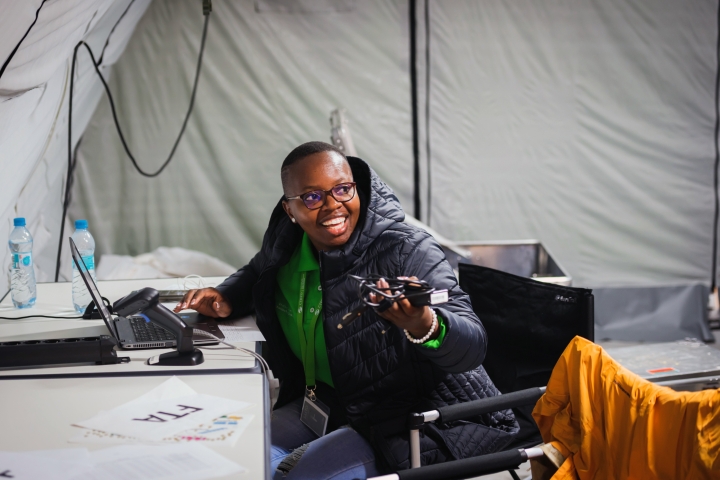
Participants assuming multiple roles, including dispatching teams and equipment and commanding operations

Group photo of 62 participants from 32 States Signatories attending largest OSI regional introductory course to date
16 May 2023
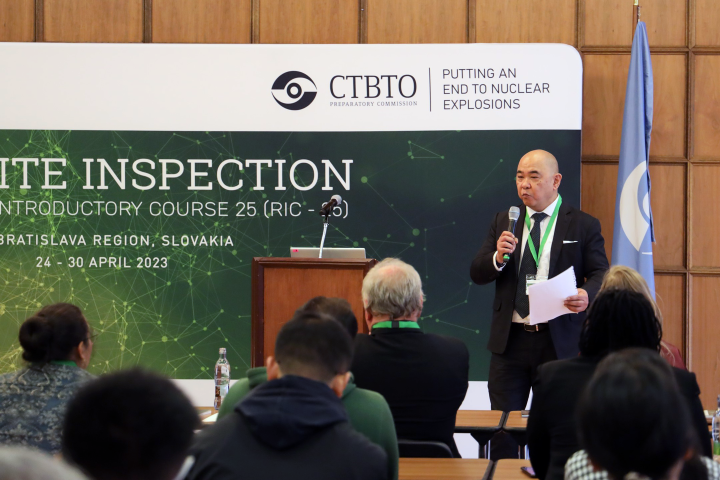
Franz Ontal, Chief, OSI Training Section delivering opening presentation at RIC-25
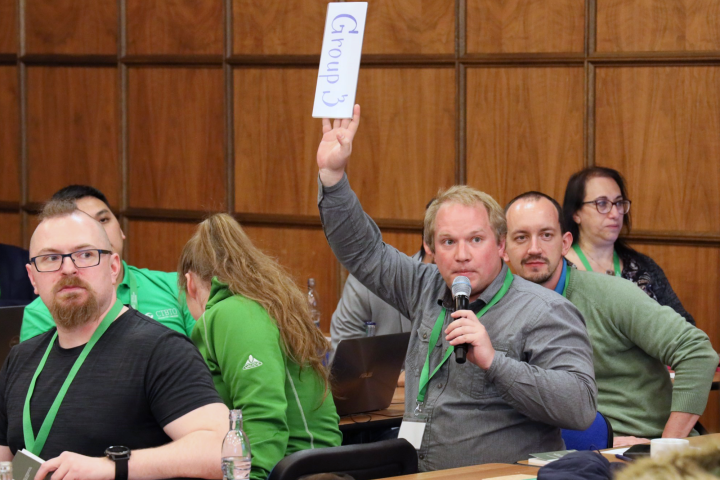
Participants taking part in gamified quiz competition, recalling preparatory e-learning material
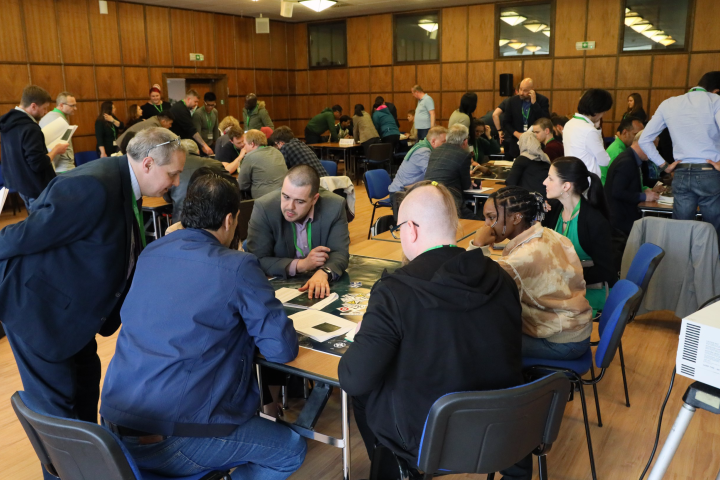
Teams arranging base of operations (BoO) components on map based on topography, safety, security, and logistics
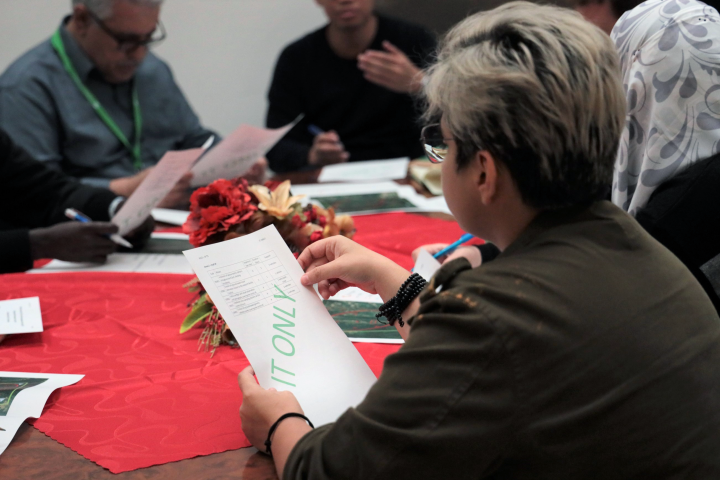
Participants, including Alinne Olvera Martínez, graduate of CTBTO Mentoring Programme, engaging in role-play negotiations

Participants of Linear Training Programme establishing BoO for hands-on training and support during field exercise
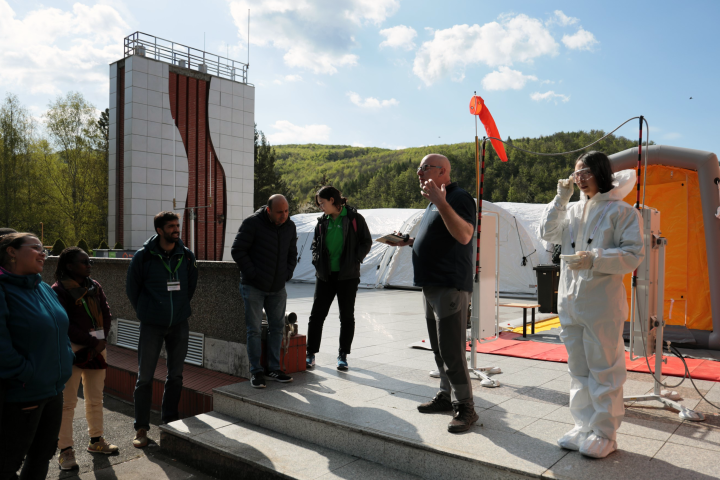
Station rotation training in progress

IT members and equipment undergoing health and safety decontamination
